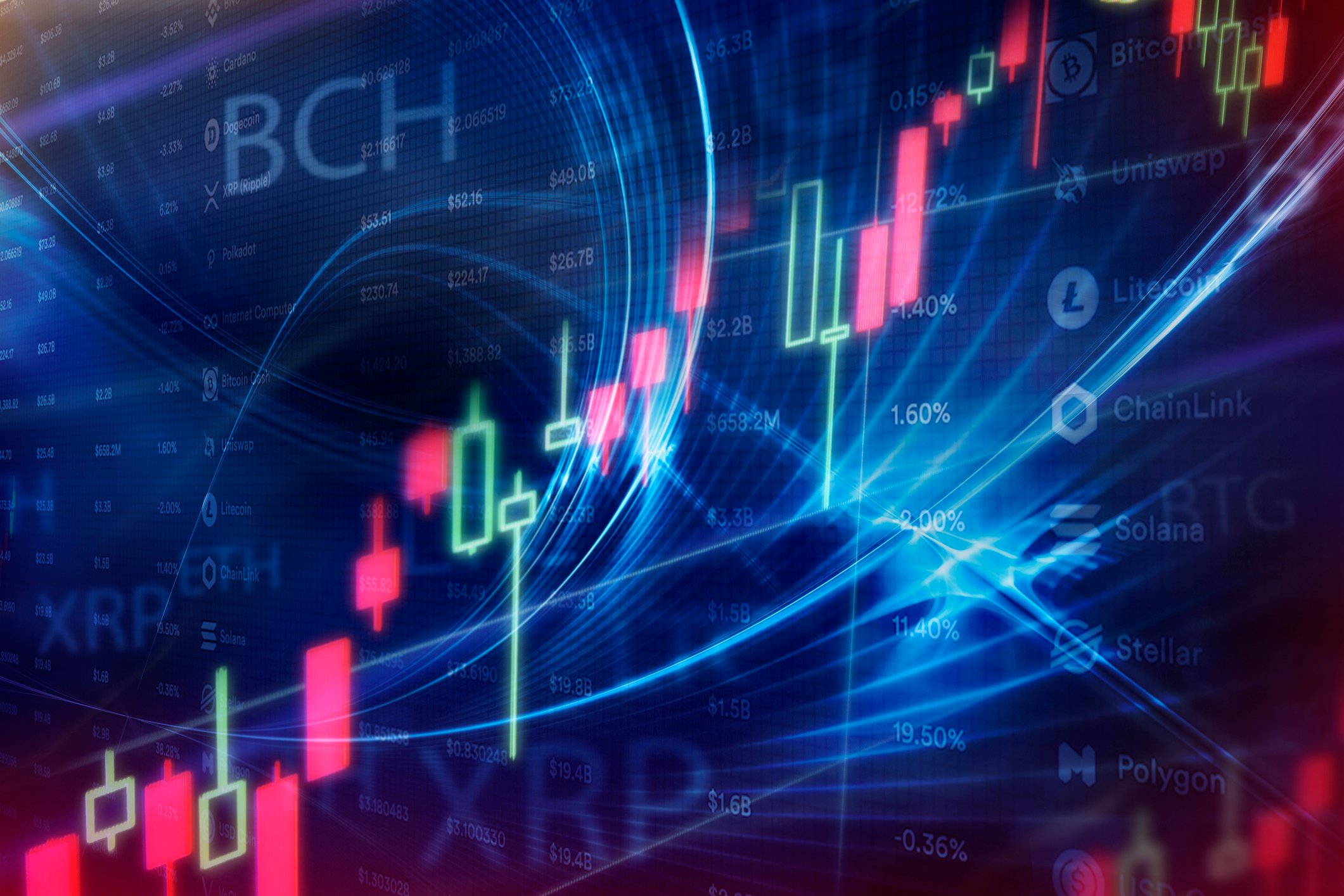What happened
The Solana (SOL +0.69%) cryptocurrency is soaring again on Friday. The token, called SOL, has climbed roughly 12.6% over the last 24 hours, and it set a record high for its price in today's trading.
The cryptocurrency's price has climbed rapidly amid rising interest in decentralized finance applications and non-fungible tokens. With its blockchain network capable of supporting smart contracts, application development, and fast transaction times, Solana has emerged as a top competitor to Ethereum (ETH +0.38%). SOL now trades at roughly $140.50 per token.

Image source: Getty Images.
So what
The token has surged roughly 276.5% over the last month. The pricing momentum has pushed Solana's market capitalization to roughly $41.2 billion, and it recently surpassed Dogecoin to become the seventh-largest cryptocurrency by market cap.
The last 30 days of trading have seen strong bullish trends for the broader cryptocurrency market, and Solana's SOL has been the best-performing token among the top-10 largest cryptocurrencies. The price per token for Cardano's ADA has climbed roughly 126% across the stretch, while Bitcoin and Ethereum's Ether are up roughly 23.5% and 48.5%, respectively.
Now what
Even top cryptocurrencies are prone to huge pricing swings, and it's difficult to chart future pricing action for Solana with a high level of confidence. The stellar gains for SOL could set the stage for a significant pullback, but it's also possible that it will keep gaining ground if the underlying network and currency continue to attract attention from developers and crypto enthusiasts.
Investors should move forward with the understanding that most cryptocurrencies are still high-risk, high-reward plays. Solana's focus on project building (like cryptocurrency exchanges and NFT platforms) suggests that its token might be more sound on a fundamental basis than many other tokens that only function as digital currencies and aren't tied to development and application networks. But it could still be prone to volatile swings in the near term.










